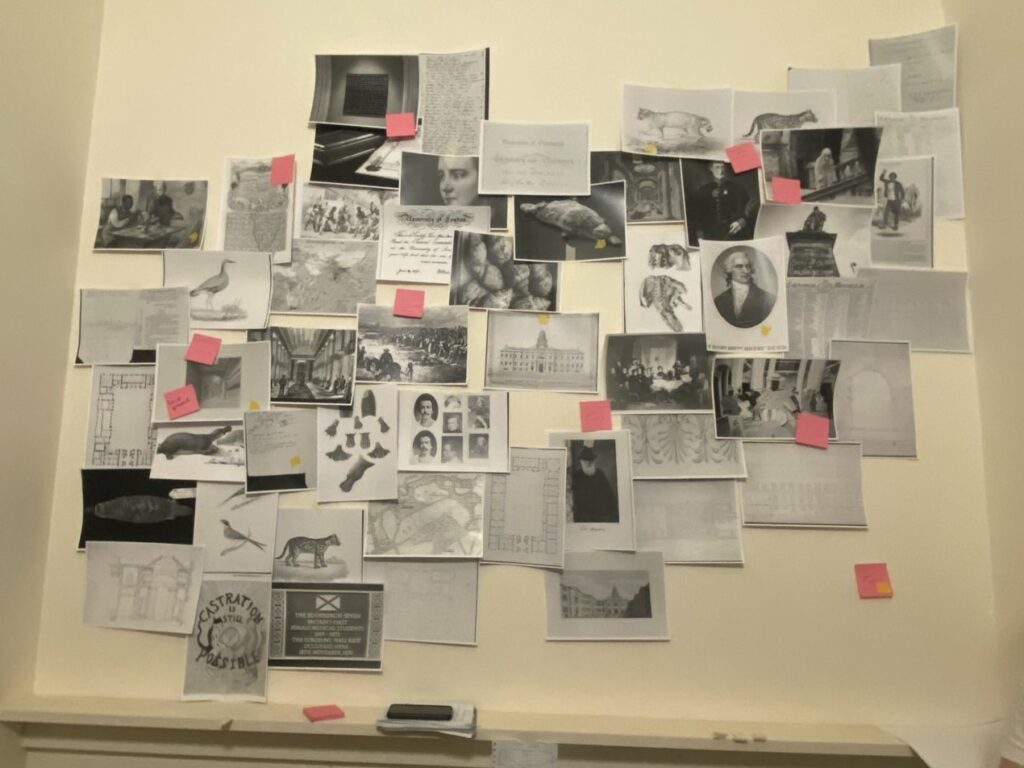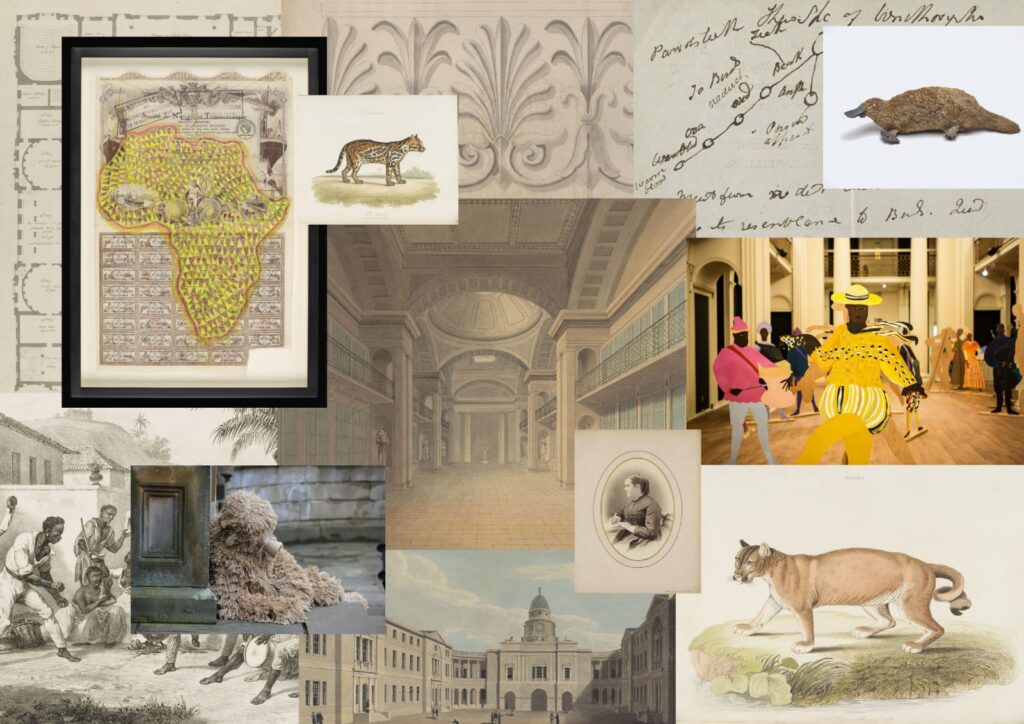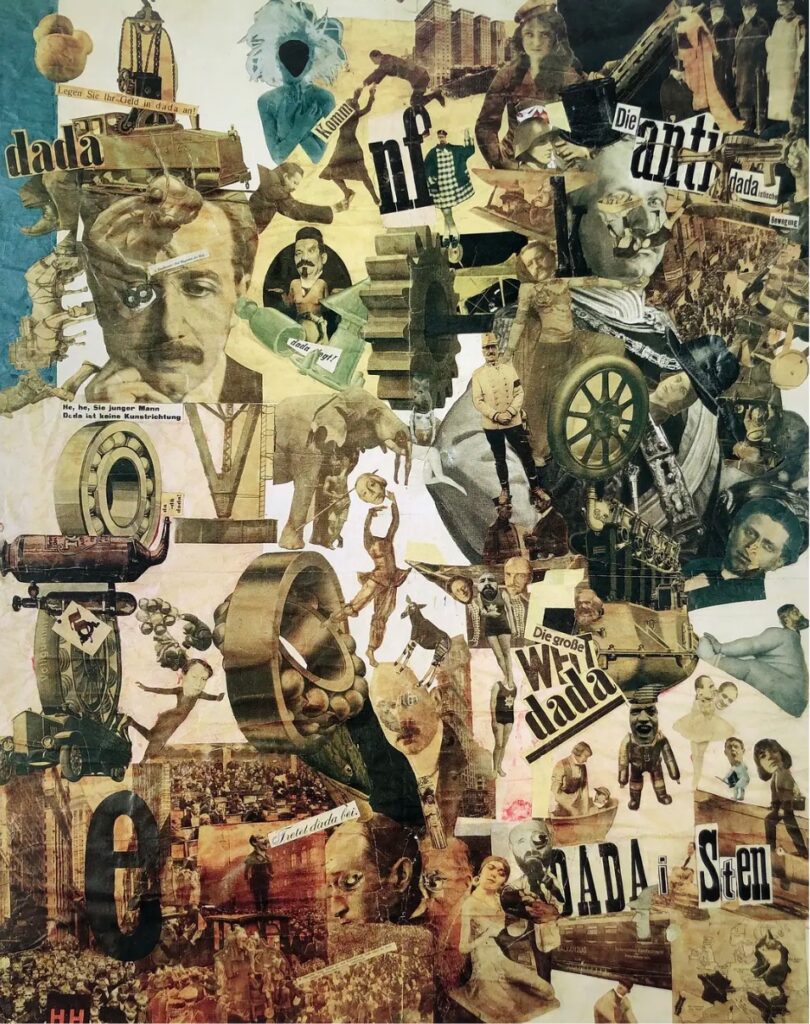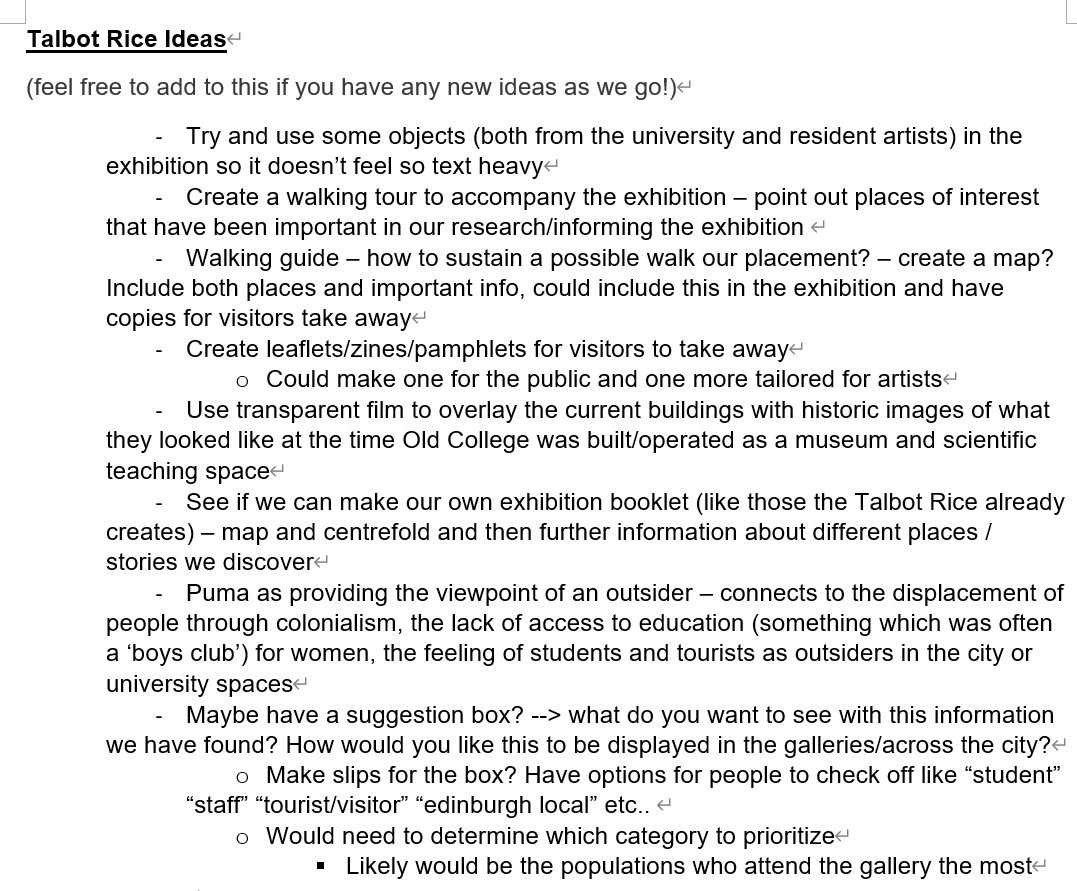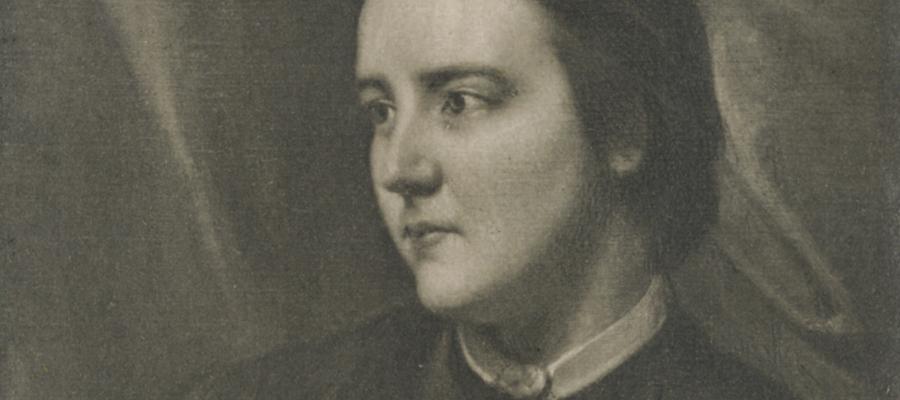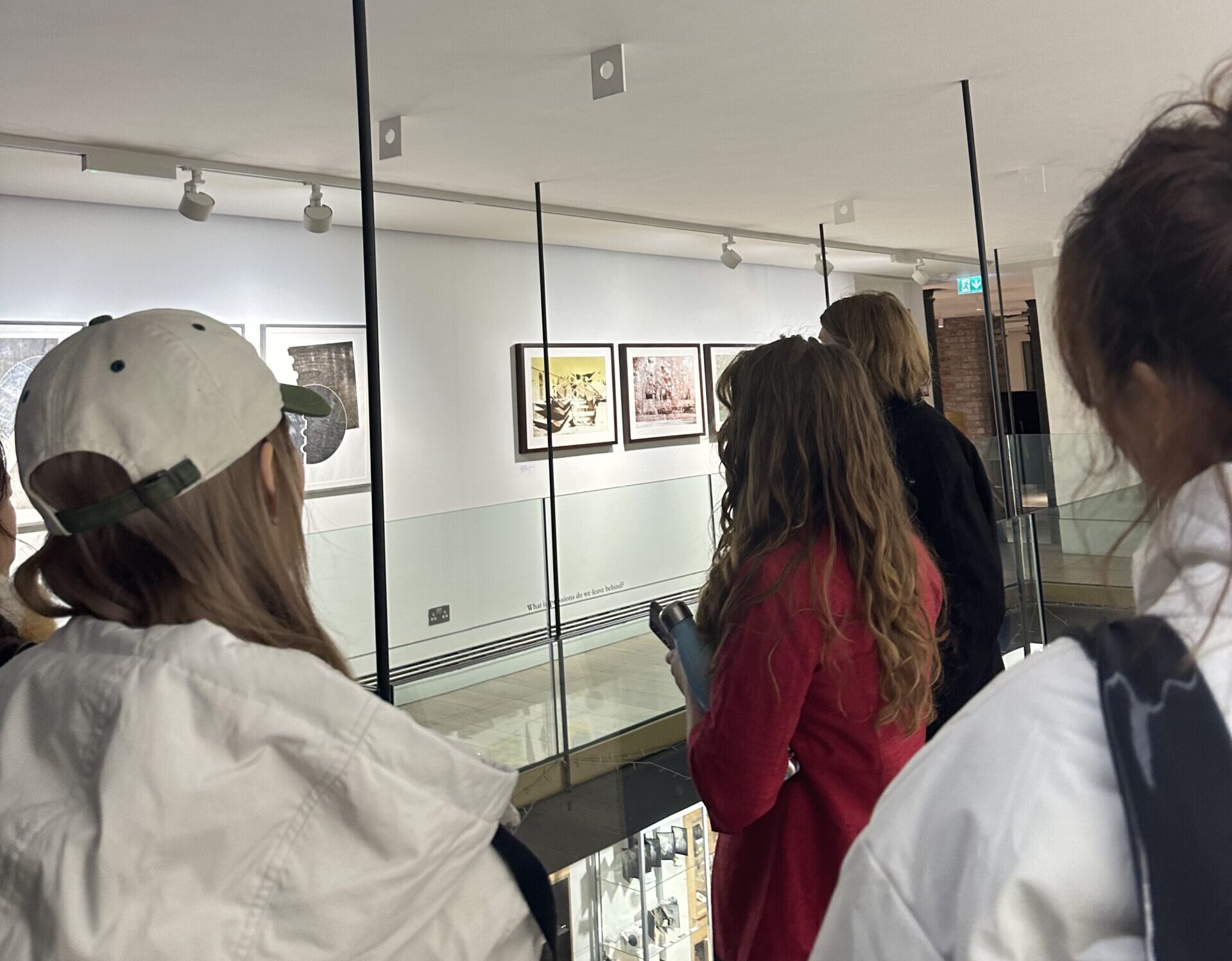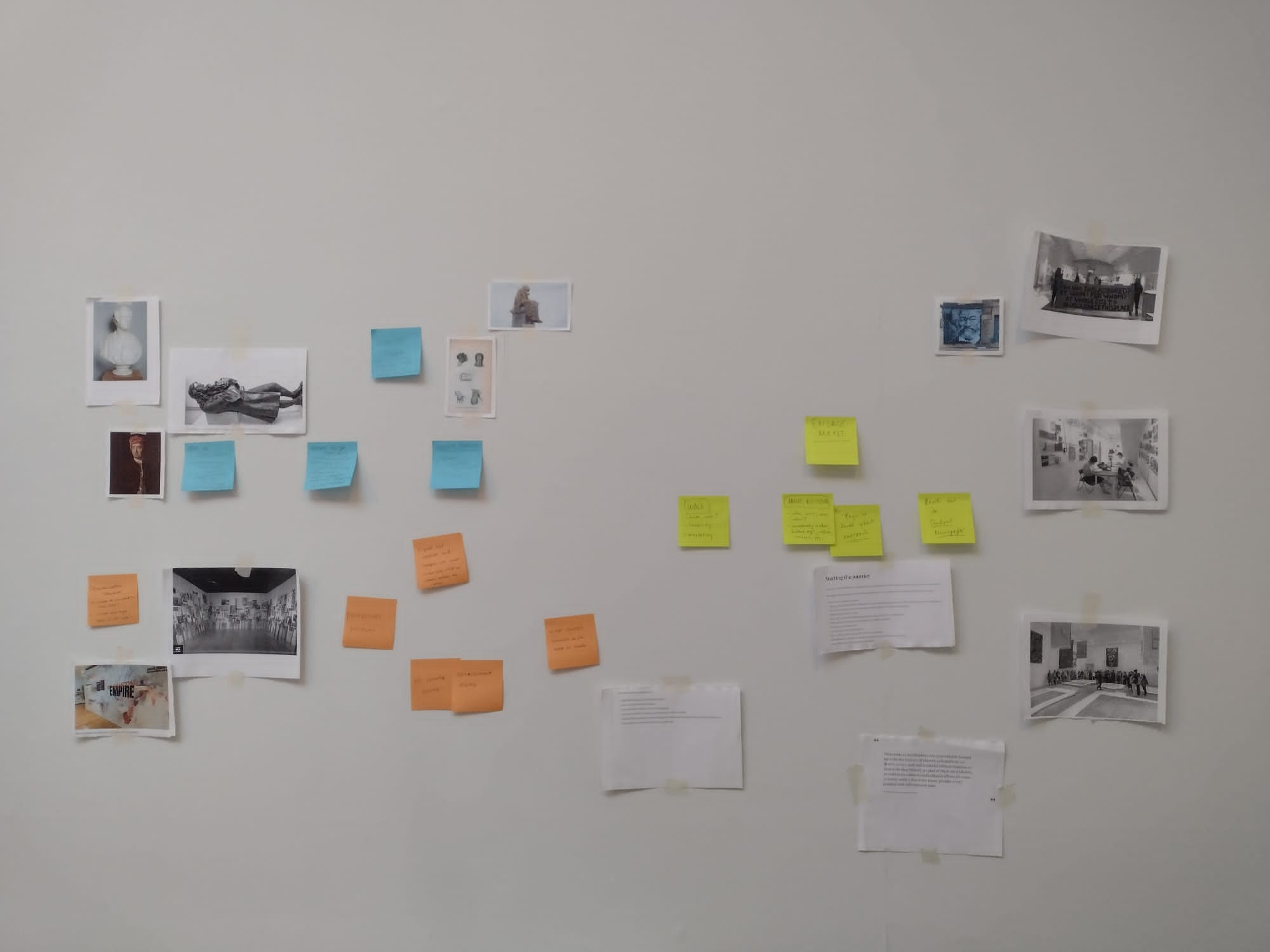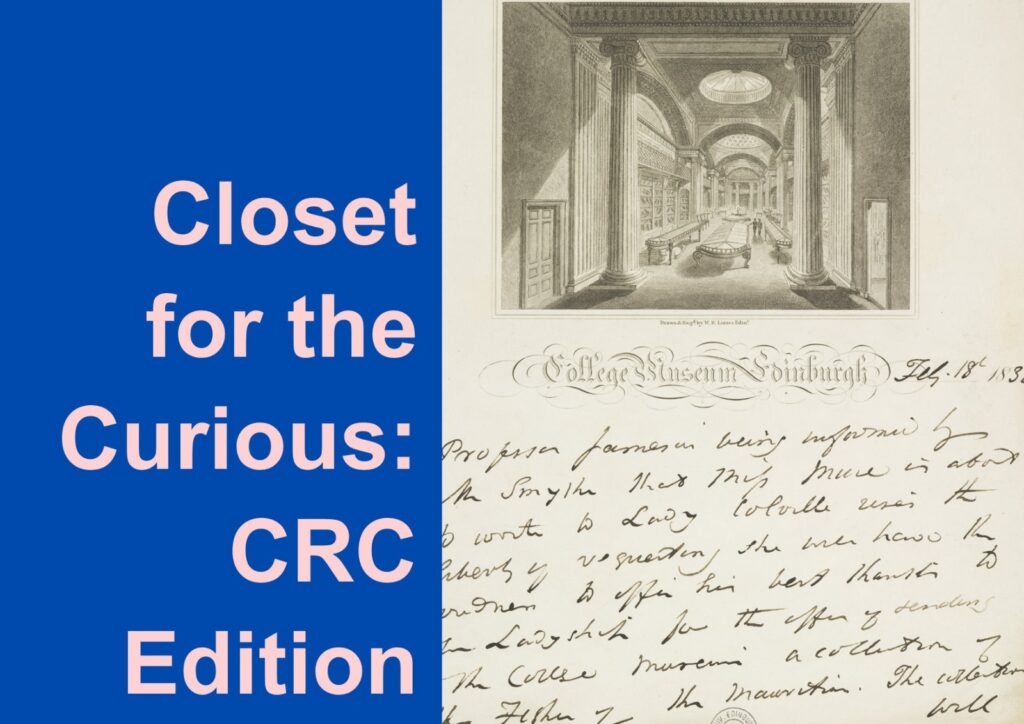
Event Poster
The group has finished two events in the last two days: the first one, Simon’s Talk, on 22nd April at 10 am, and the second one, Closet for the Curious: CRC Edition, today at 11:30 am.
Today’s event was a great success, with our colleague Thais introducing our research project and organising a tour of the archives brought to us by Rachel, the CRC’s archive administrator, who was kind enough to help set up the tour, which was an incredible thrill to see a real piece of history as we stepped into the classroom. During our research, we had to resort to the internet to find images, and we had just seen these archives in person today. After visiting the archives, the group members, in turn, completed presentations on the archives in their order.
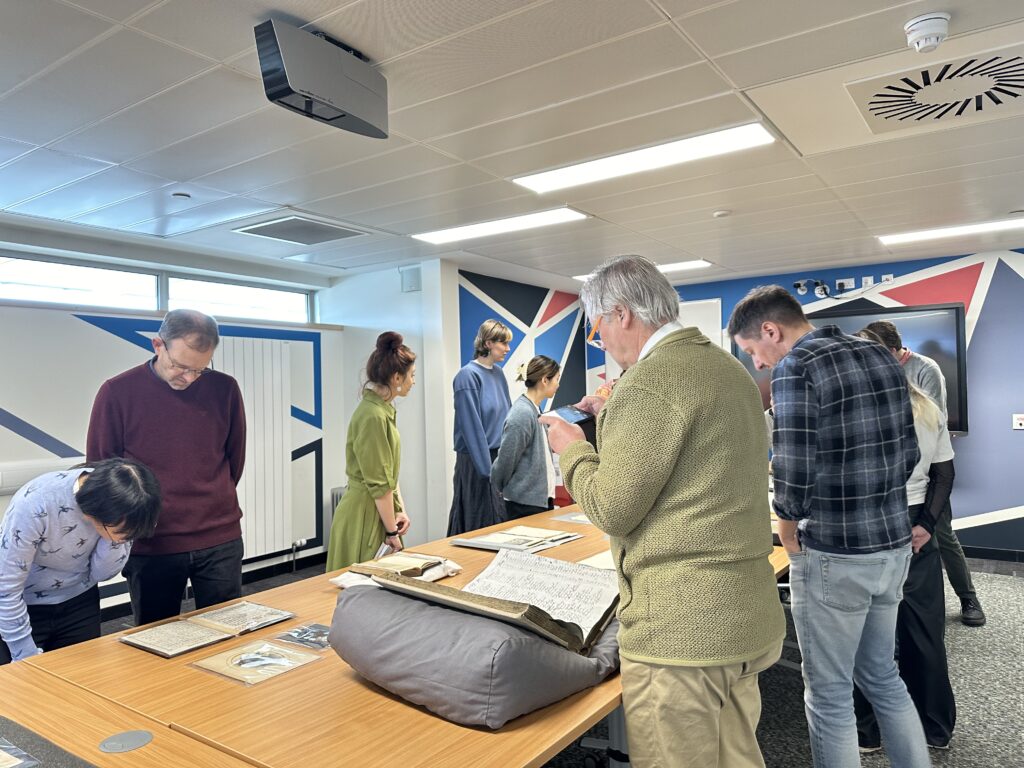
Scholars browsing the arhives and discussing their thoughts
One of the most intriguing archives to me was the architectural layout of the Old College, which is also the largest of all the archives, as we could smell the scent of a historic drawing aged and see the yellowed paper. The design of the drawing is ingenious; in part of two floors, the author added a small strip of paper to the raw paper, which can be separated for the viewer to open. Hence, the author lends a three-dimensional view of the architectural design of the old college in such a way that it can be folded.

College of Edinburgh, Plan of the First Floor; Coll-13
In addition, Sophia Jex-Blake’s Certificate was scanned and electronically illustrated, with each letter self-explanatory, as if a machine had printed it. However, when I looked closer today, I could see that each letter, and even the background decorative drawing of the paper, was outlined by hand, one stroke at a time, especially for each letter of the English alphabet, where very faint pencil drafts could be seen outlining it neatly. These archives have been given life, precious memories that our predecessors carved down with warm hands and left to future generations.
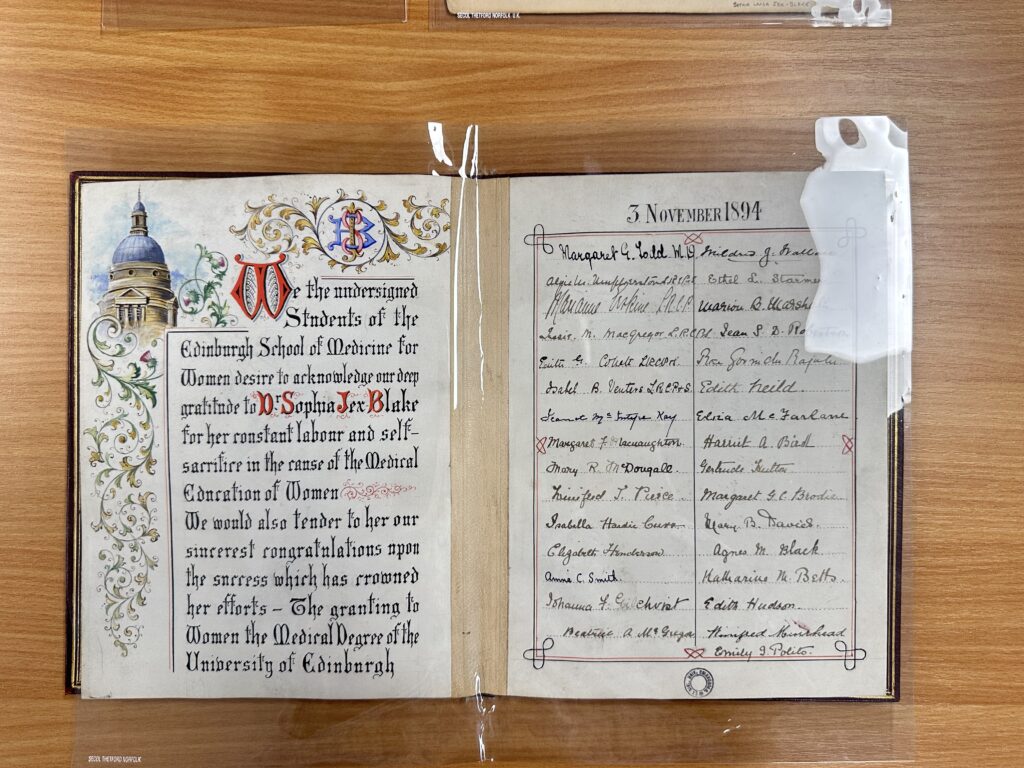
Certificate Presented to Sophia Jex-Blake, Dc.3.103
At this point, our research placement came to an end. Looking back on this meaningful placement, members of the group worked together to bring our small ideas together into a nearly perfect display and events, despite the difficulties we faced in the middle of the process (images accidentally dropped, errors found in this text two days before the event……), which will become the most important lesson for me to learn to become a curator: collaboration, research, feedback, looking back. Thanks to my colleagues Thais, Amy, Weile, and Haowen, and thanks to Maryam and James, we had such a great time together.
